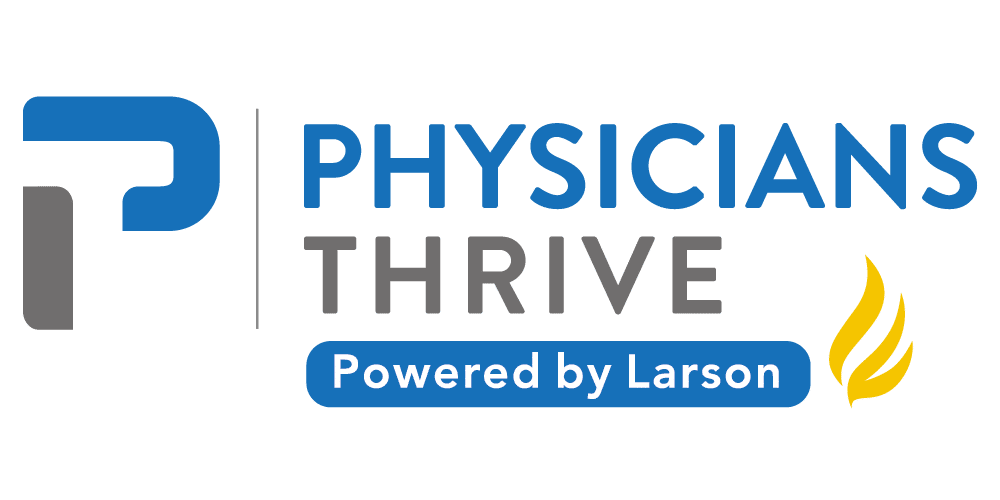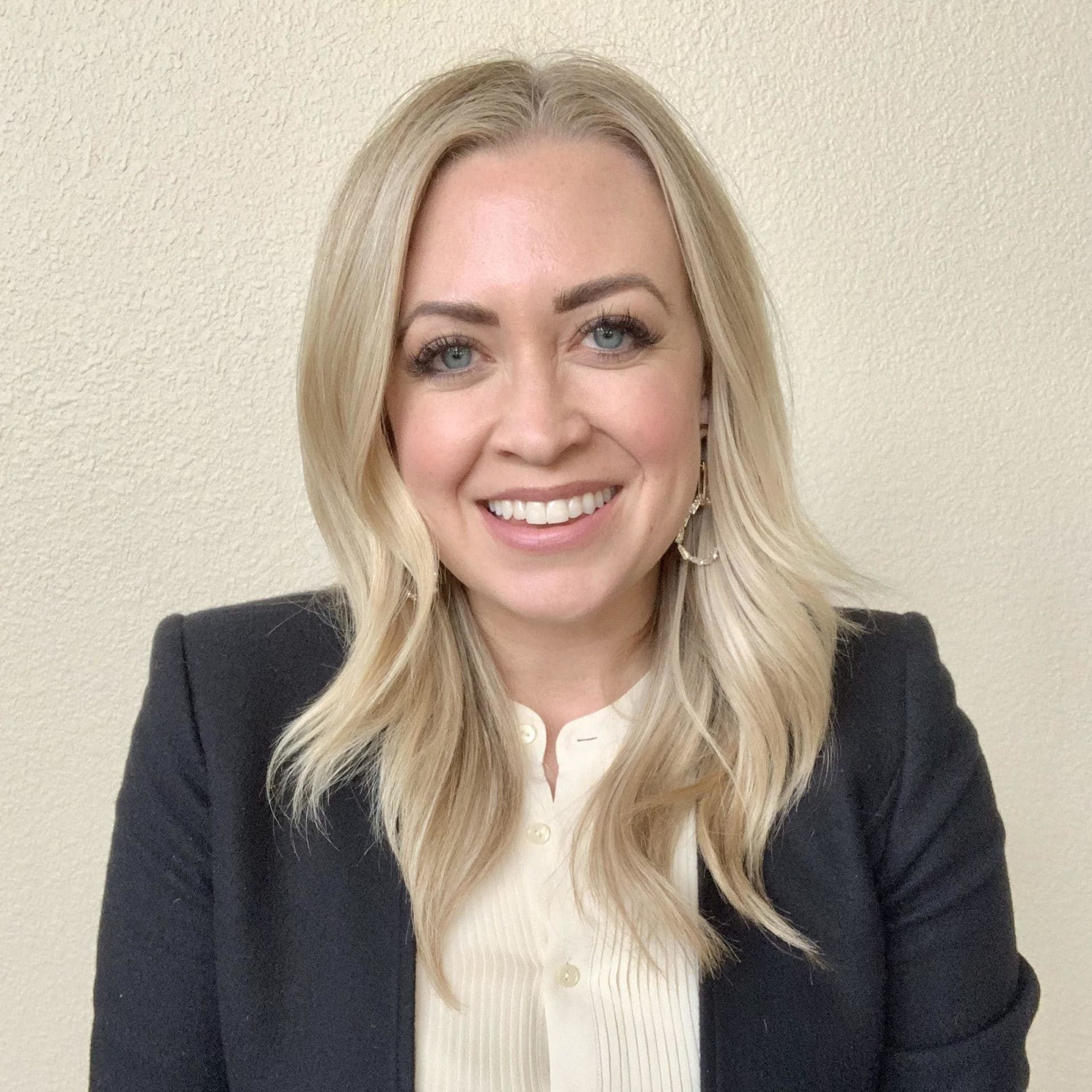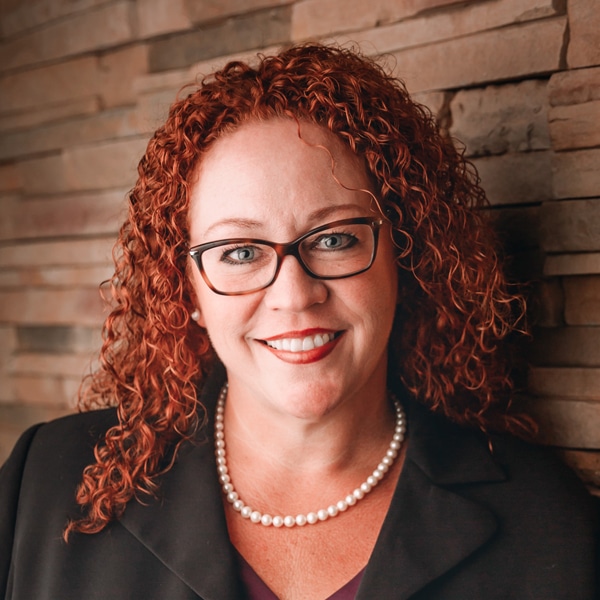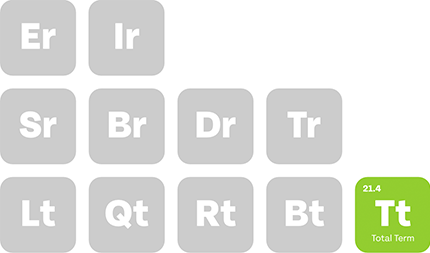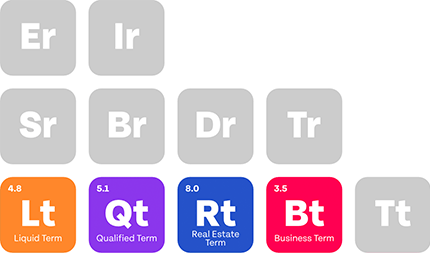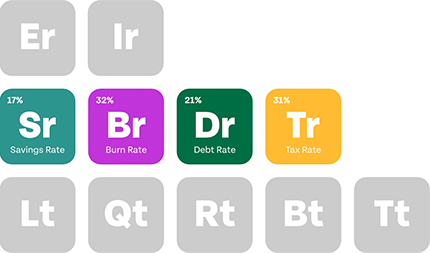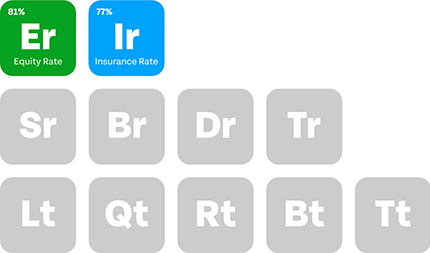Key Takeaways
- Buying a practice gives immediate patients, staff, and reduced startup risks.
- Ownership means more control but involves significant financial and administrative responsibilities.
- Assess financial health, patient base, compliance, staffing, contracts, and local competition.
- Due diligence, careful financing, and strategic negotiation ensure a successful practice purchase.
If you’re thinking of starting your own private practice but worry about financial risks, a lack of business experience, or building a patient base from scratch, buying an existing medical practice might be in the cards.
Instead of starting from the ground up, you inherit an established patient flow, trained staff, and an operational framework that could help you hit the ground running.
While this may seem easy, you must perform your due diligence to avoid making a costly mistake.
Let’s understand the process of buying a medical practice in this article.
Table of Contents
Why Should You Buy a Medical Practice?
While employment at a hospital or group practice provides stability, owning a practice gives you control over your career, income, and patient care.
Here’s why purchasing a private practice might be the right move for you:
- You make the decisions . You set your own schedule, choose your staff, and aren’t bound by hospital policies or corporate oversight. This means you can practice medicine the way you believe is best for your patients.
- You get access to an established patient base . Instead of starting from scratch, you gain immediate access to patients who already trust your practice.
- You run a lower risk than starting from scratch . If you buy an established practice, you bypass many of the difficulties associated with starting everything from scratch.
Why You Should Not Buy a Medical Practice
While you get multiple benefits from buying an existing practice, it isn’t the right choice for every doctor.
Here are some reasons why:
- High financial commitment . Aside from the high purchase price, you’ll need to account for operating costs, equipment upgrades, staff salaries, and potential renovations.
- Admin burden . Owning a practice means running a business. That means handling payroll, insurance billing, and staffing, to name a few operations. If you prefer to focus solely on patient care and don’t want to deal with business operations, buying (or starting) a practice may not be the right fit.
- Competitive and market risks . If your practice is located in a saturated market or an area with declining patient demand, its growth potential could be limited.
What to Know Before Buying a Medical Practice
Let’s look at what you need to know if you’ve decided to buy a medical practice.
1. Financial Health of the Practice
A practice may look successful on the surface, but its financial records will tell the real story.
You need to access these when showing interest and assess the revenue trends, profitability, outstanding debts, and operational costs to figure out whether the investment will be worthwhile.
Here are some documents you need to review:
- Profit and loss statements (at least for the past three to five years)
- Balance sheets (check assets, liabilities, and owner equity)
- Tax returns (make sure the reported income matches financial statements and look for discrepancies)
- Accounts receivable and payable (check how quickly the practice collects payments and whether it has any unpaid obligations)
- Insurance reimbursement rates (figure out how much revenue comes from insurance claims vs. direct payments from patients)
You should also look for hidden costs, like outdated equipment that may require upgrades and lease agreements that have unfavorable terms.
If the numbers don’t add up, or you see warning signs, walk away.
2. Patient Base
A practice’s patient base affects its long-term viability.
This means you need to analyze where the patients come from, how old they are, how often they seek care, and whether they come back again.
You’ll want to look at the age distribution, insurance mix, and geographical factors.
A practice with an aging patient base may get more frequent visits but could run into trouble if younger patients aren’t replenishing the pool.
Similarly, if a practice relies heavily on Medicare, Medicaid, or single private insurance, this revenue could be affected if reimbursement policies change.
3. Patient Demand and Retention
Even if a medical practice has a large patient base, you need to know how often patients seek care and whether they’ll continue to do so after the transition.
This means checking appointment schedules, wait times, and referral sources.
A steady stream of both new and returning patients is a good sign while declining volume or frequent last-minute cancellations could hint at issues.
Similarly, long wait times could hint at high demand, whereas too many open slots might suggest a drop in patient interest.
Slot fulfillment also shows retention.
If slots are consistently filled by the same patients month to month—with many new patients as well—you have higher patient trust and retention, which could make your transition smoother.
But, if patients have been leaving in droves or come in only once, you need to look at the competition, service, or patient satisfaction rates.
That’s because getting in new patients when the clinic already has a reputation will be difficult, even if the leadership changes hands.
4. Legal and Regulatory Compliance
Before buying a private medical practice, you need to make sure it meets all legal and regulatory requirements.
Any compliance issues could lead to expensive fines, legal trouble, or even license loss.
HIPAA compliance is at the top of the list—both to preserve patient data and your practice from massive fines.
This means that the practice you buy must have proper protocols in place to protect medical records. You should check:
- Electronic health records
- Staff training in HIPAA compliance
- History of past compliance
Aside from that, check the clinic’s state licensing, malpractice insurance coverage, employment contracts, and business agreements for any issues that could affect you later.
You also need to make sure the practice fellows meet all billing and coding regulations to prevent fraud allegations.
5. Current Staffing
A medical practice is only as strong as the team running it.
Before buying one, you need to look at the staff’s experience, satisfaction, and likelihood of staying under new leadership.
If they’re open to the offer and want to stay longer, they will help you maintain continuity in patient care.
But if you see high turnover and dissatisfaction, going ahead with the same team could mean delays, increased operational costs, and even a loss of patients who value long-term relationships with their providers.
6. Contractual Obligations
The practice’s contractual obligations with vendors, suppliers, and service providers will also impact its financial health, so you need to be aware of them.
Some agreements may include long-term commitments or automatic renewal clauses that lock you into expensive contracts.
You need to look these over to find unnecessary costs, renegotiate terms in your favor, or plan for immediate adjustments after acquisition.
7. Location and Competition in the Area
The medical practice’s location will affect how many patients come to you.
A practice in a high-traffic, growing community with a strong demand for healthcare services will mean more revenue.
In contrast, a practice in an oversaturated market or a place with a declining population may struggle to stay profitable.
You also need to look at your competition.
If the area you’re looking at has multiple established practices offering similar services or your competitors have stronger brand recognition, better facilities, or offer services you don’t, it’ll be difficult to attract and retain patients.
This will require you to invest in marketing to remain competitive.
How to Buy a Medical Practice
Take the following steps to buy a medical practice:
1. Figure Out What You’re Looking for in a Practice
Note down your specialty, subspecialty (if you have one), financial situation, and long-term goals.
If you have a subspecialty, your pool of options may be smaller.
Aside from that, you need to think about your patient base and service model.
Do you want a high-volume practice that sees many patients daily, or do you prefer a smaller, more personalized setting?
You also need to figure out your financial expectations at this point.
- How much are you willing to invest?
- How much financing will you need?
- What revenue benchmarks do you expect?
This will help you narrow down your choices.
2. Find Available Practices
Once you’ve set down your criteria (with some leeway, of course), you need to find available medical practices that match your needs.
This will take a lot of time, research, and networking because many practices for sale aren’t publicly listed.
You’ll need to put the word out in your network and use your industry connections to find medical associations, specialty clinics, or local physicians’ groups looking to sell.
You can also check broker listings and online marketplaces, but specialized real estate agents will find you better options.
A good strategy is direct outreach to practice owners nearing retirement or looking to sell.
They’re your best way to practice ownership, especially if there’s a specific practice you’re interested in.
3. Perform Your Due Diligence
Rushing a deal could jeopardize your investment.
After you’ve found a few promising practices, take your time and sift through all their records—but start with the financials.
You should request at least three years’ worth of profit and loss statements, tax returns, and balance sheets.
Once you have them, look at the revenue trends, patient volume, and expenses to check whether the practice is profitable and expected to be in the future.
After that, look at compliance and verify that the practice complies with HIPAA regulations, has no outstanding debts or lawsuits, and follows proper coding procedures to avoid fraud risks.
You also need to look at the patient demand and retention at this point.
4. Get Financing
Unless you’re paying in full, which can be very risky, you’ll need to get financing.
But this requires you to know exactly how much you need—too much will be difficult to pay, and too little means that unexpected expenses will cause you stress.
Here’s what to keep an eye out for:
- Purchase price
- Operational costs
- Working capital for staff salaries, rent, and marketing
- Potential upgrade costs
- Hidden costs like equipment replacements or outstanding debts
Once you know how much you need, look at financing options.
Here are some you’ll have access to:
- Conventional loans . These have high interest rates and set credit score and down payment requirements.
- SBA 7(a) loans . These are government-backed loans with lower down payments and flexible repayment terms.
- Physician practice acquisition loans . Much like physician loans, these loans are designed for buying a practice but can be difficult to find and apply for.
- Seller financing . With this option, the seller will allow you to pay in installments.
5. Negotiate Everything
Once financing is in place, you need to negotiate your purchase terms.
The initial asking price isn’t set in stone, and it will take the most out of your budget, so it’s good to focus on it first.
You could use multiple reasons, like declining revenue, risks, outdated equipment, or compliance issues, to negotiate a lower price.
While you’re doing that, it’s also a good idea to focus on the terms of the sale, like the payment structure (lump sum vs. installments vs. seller financing), transition period, staff retention agreements, and non-compete clauses.
You should work with an attorney during this process, as well as an accountant and a business consultant, to get the best deal you can.
Buy a Practice That Remains Successful With Physicians Thrive
A medical practice has a lot of moving parts—you have the staffing, compliance, financials, patient care, and operations to worry about.
If you’re buying one and want to make a strategic investment, you need to look at every single aspect.
This can be difficult, especially if you don’t know what to look for or even where to get started. That’s where we come in.
At Physicians Thrive, we help medical professionals start the road toward owning their own practice.
We help you find established practices that meet your requirements and have a history of success to help you build wealth over time.
Want to know more about how we help you build and manage a practice that is profitable?
Give us a call today!

